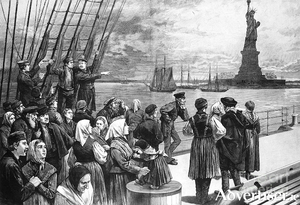Search Results for 'Peter Daly'
31 results found.
Galway Railway Station
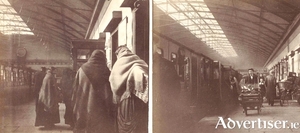
The station opened on August 1, 1851. The buildings and the Great Southern Hotel were designed by John Skipton Mulvany. It was originally planned to have the station at Renmore, but the well-known Father Peter Daly convinced the railway authorities to construct Lough Atalia Bridge and bring the trains into the centre of town. The fact that he owned tenement buildings on the site where the Great Southern was built may well have had something to do with it. These tenements were levelled to make way for the hotel and station.
Lost Lear for one night only at Town Hall
How do staff at a nursing home facilitate the care of an ageing actress facing the inevitability of dementia? They play along with her delusions to explore her happy memories of rehearsing for a performance of Shakespeare’s King Lear of course.
Galway-based global software and payments giant ‘Planet’ announces 100 new jobs

Global software and Payments leader, Planet, announces it will create 500 new jobs globally, over the coming months of which 100 will be based in Ireland. The new jobs in Ireland will be a blend of hybrid and remote working roles across a variety of sectors including Product Development, Technology and Finance and will be located in Galway, Kilkenny and Dublin.
How Galway lost the Clifden railway
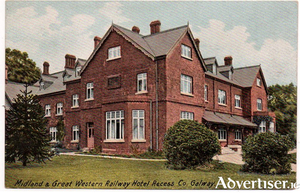
It is probable that if the coastal route had been chosen for the Clifden railway, rather than the Oughterard/ Maam Cross way, the line would still be viable today. The idea of the so-called ‘Balfour lines’, proposed by an enlightened chief secretary for Ireland, Arthur J Balfour, and given the go-ahead in the 1889 Light Railways (Ireland) Act, was to give far-flung towns and communities access to bigger markets, and to grasp the benefits of employment and opportunities.
The Railway Hotel
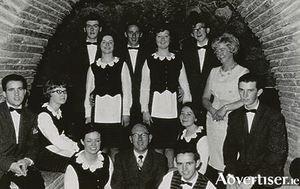
This ancient site on the southern end of what we now know as Eyre Square was occupied by a Knights Templars convent in the 13th century. By the 17th century Robert Martin had a large house on the site, but this was taken from him by the Cromwellians and given to Edward Eyre. The Eyre family held on to the property and on May 12, 1712, Edward Eyre, son of the above, presented the land in front of his house to the corporation as a place of recreation for the people of Galway. In 1827, a man named Atkinson built houses at this end of the Square and by 1845, the site was occupied by a block of tenements owned by Fr Peter Daly.
The Industrial School Band
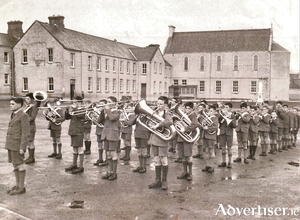
In 1852, Fr Peter Daly purchased the estate of Kilcorkey from the Encumbered Estates Court. The owner of an adjoining site subsequently disputed his title to a particular plot and brought proceedings against him. Peter Daly, however, proceeded to construct on the plot in question a building he described as "A Benevolent Home for aged respectable females whose circumstances would render them unable to afford themselves a comfortable home". An attempt was made to settle the case out of court but it failed and, in court, judgment was given for the plaintiff Miss Grattan Esmonde. She was given possession of the house in August, 1863.
Druid on the radio with a New York murder mystery
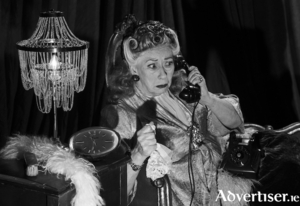
DRUID THEATRE Company is no stranger to the stage at home and abroad, but radio plays are a different matter. That changes this month when Druid performs Sorry, Wrong Number.
The extraordinary Fr Peter Daly walks on to the Galway Stage
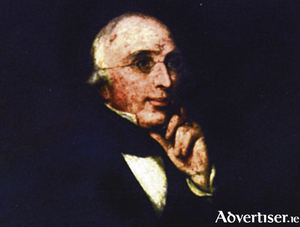
In the early decades of the 19th century fortunes were made in giving hundreds of thousands of emigrants safe passage to America. As the decades slipped by the numbers grew into millions. Liverpool had the main transatlantic business for these two islands, but Galway, situated some 300 miles closer to America, and with the onset of powerful steam-driven ships, believed that a better and quicker service could be provided.
A hero’s welcome in New York for first Galway Line ship
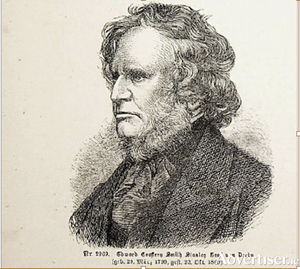
The unfortunate collision of the Indian Empire into the well marked Margaretta Rock in the middle of Galway Bay was a blow to the newly established Galway Line. But by no means was it a knockout. Galway’s vaulting ambition to open a new ‘highway between the old and new worlds’ took on an even more determined energy. The exploitation of steam-power, driving ever bigger ships and faster trains, led to wild speculation as to what could be achieved even from Galway, in the middle of the 19th century.
